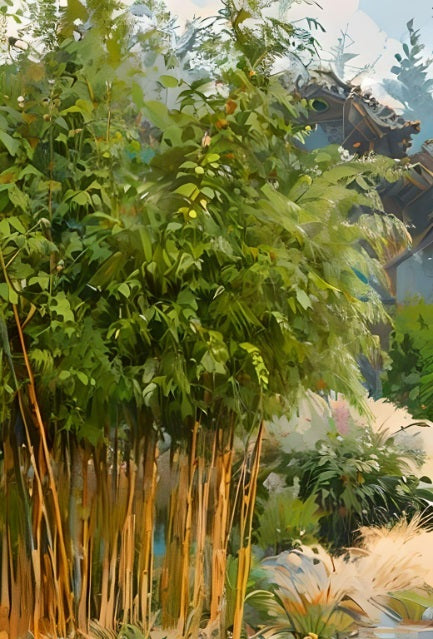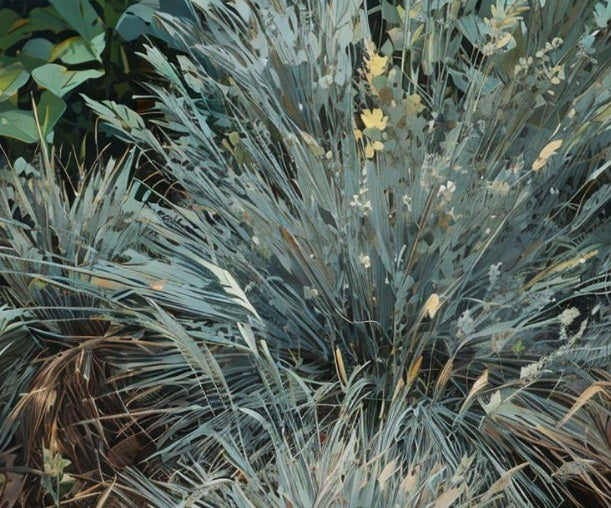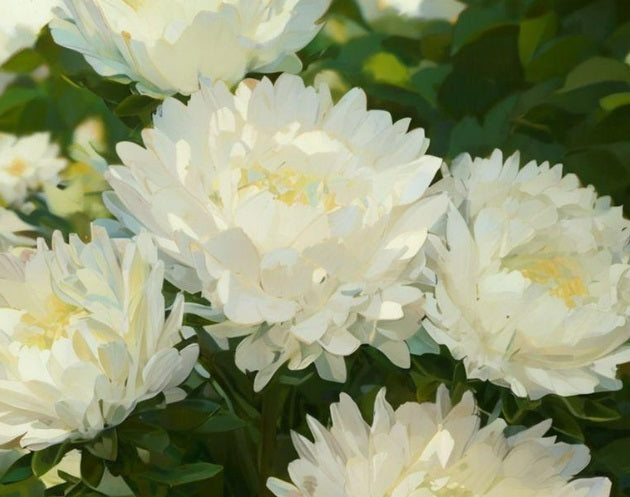Cold Weather Bamboo
Cold Hardiness Zones
The optimal growth and hardiness zones where a particular bamboo thrives is displayed at the top of each of our bamboo seed listing pages. Refer to these zone charts to guide you in selecting bamboo that requires little to no special care during lower Winter temperatures in your designated zone.
However, with some protective winterization measures, additional varieties of bamboo can be successfully grown in locations with lower USDA zone ratings and colder average Winter temperatures. By taking some steps to winterize, you can select from and grow a wider variety of bamboo varieties at your location.
Winterizing Bamboo
- Add several inches of mulch at the base in Fall.
- Plant your bamboo in a location with maximum sunlight during Winter (with southern exposure in northern latitudes), protected from prevailing Winter winds.
- Plant adjacent to other plantings in a manner that provides horizontal shielding against Winter winds or vertical overhead protection from snow or freezing rain.
- Bamboo in pots and containers can be mulched, or wrapped in straw, hay, or insulating fabric.
- Plants grown in a container are more vulnerable to extreme cold. If planted in a container, move your bamboo to a protected area under cover such as an enclosed porch, shed, or garage during extended periods when outdoor temperatures drop below the minimum temperature recommended for that species. Ensure the plants continue to receive sufficient natural light.
- During extreme conditions, shield with fabric, plastic sheeting, or other protective covering.
Effects of Extreme Winter Temperatures on Bamboo
Bamboo exposed to extreme temperatures that remain below the optimal minimum for extended periods may display short-term seasonal leaf/culm damage, or reduced long term growth. Some bamboo might die back entirely in Winter, and then re-emerge in Spring with new growth.
Bamboo in Pots & Containers
If you have bamboo planted in easily movable pots and containers, and you have suitably protected indoor space with sufficient temperatures, light, and humidity, you can technically grow most varieties of bamboo even in very cold regions. But that is with the expectation that you must provide a controlled nursery environment during the coldest months.
There are plenty of committed bamboo enthusiasts who periodically move their plants from one location outdoors to a different indoor location depending on the season. This is not a minor undertaking for mature bamboo plants growing in sizeable containers and pots that require extensive planning and preparation to seasonally rotate and relocate.
Keep in mind that there might be some potentially significant care, effort, and expense required if you're feeling particularly adventurous about growing any plant with temperature requirements that are a significant exception to your designated plant zone and typical Winter climate. Yes, orchids can be grown in Norway and so can tropical bamboo, but not without the exemplary care and dedication of individuals truly passionate about their exceptional plants.
On the other hand, it can be relatively easy to accommodate moderate deviation from your designated plant zone by implementing these basic seasonal winterization steps for interesting bamboo varieties that you otherwise might not have even considered as viable candidates for your bamboo landscape.
USDA Zones 2023 Update
Please note that USDA Zones were revised and updated in 2023 to reflect warming Winter temperatures, with many locations newly designated with a higher numerical zone. This revision creates a wider selection of plants with cold hardiness designated suitable for upgraded zones, so be sure to check your zone to see if it was changed with the 2023 update.
Collections
-

All Bamboo Seeds for Sale
Welcome to our catalog of bamboo plant seeds for sale including clumping...
-

All Ornamental Grass Seeds
Grass has finally come into its own as a garden landscape centerpiece....
-

All Flower Seeds
All of our 2025 flower seeds are sold out. Please check back...



